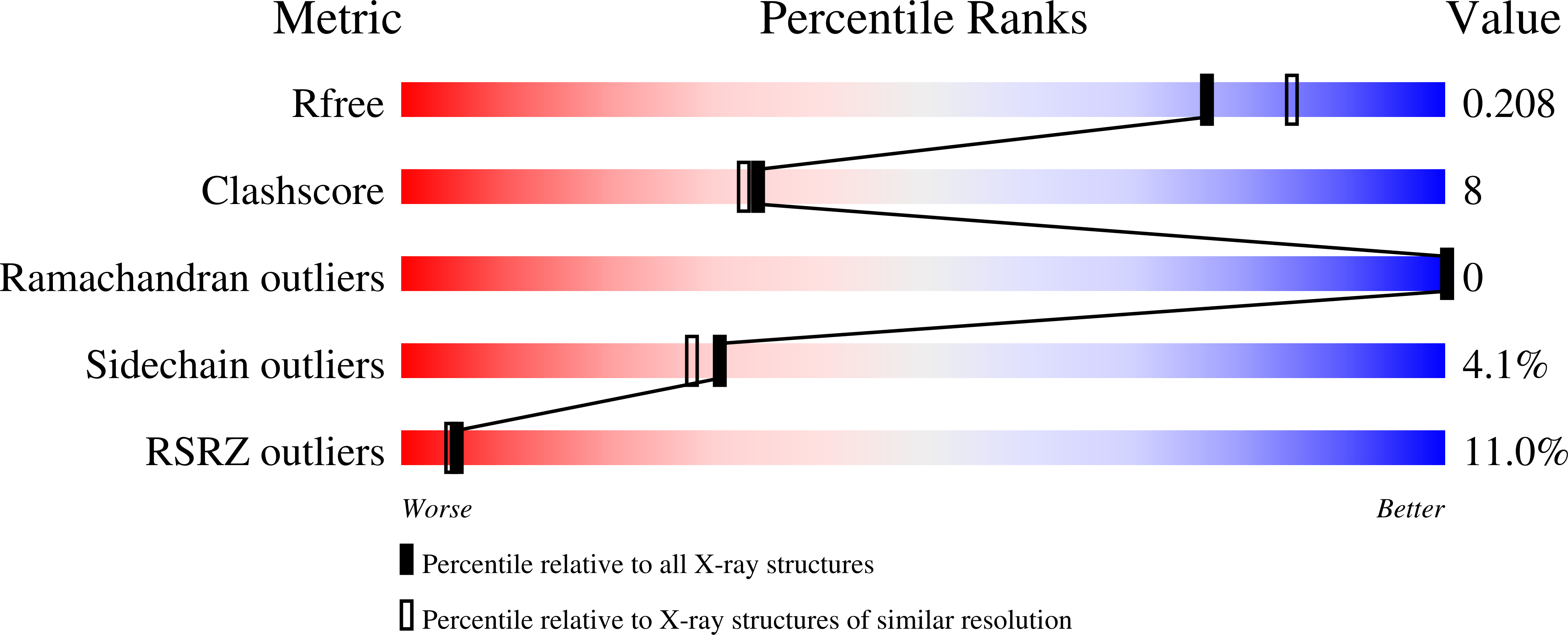
Deposition Date
2022-08-02
Release Date
2023-05-31
Last Version Date
2023-10-25
Entry Detail
PDB ID:
8DXM
Keywords:
Title:
HIV-1 reverse transcriptase/rilpivirine with bound fragment 4-bromophenol at the Knuckles site
Biological Source:
Source Organism:
Host Organism:
Method Details:
Experimental Method:
Resolution:
1.99 Å
R-Value Free:
0.20
R-Value Work:
0.19
R-Value Observed:
0.19
Space Group:
C 1 2 1


